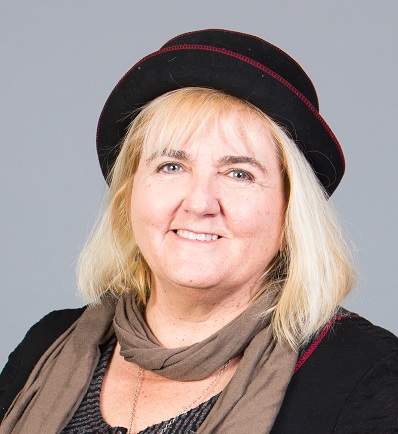
How does a company with a high-trust culture have 3X higher revenue growth than a company with lower trust?
The initial answer is in the data. In 2016, London School of Business did a study using our data from leading companies and found a compelling business case linking a high-trust culture to business revenue.
But this research doesn’t tell us the whole story. How exactly does a company culture affect overall business so drastically?
The link didn’t fully make sense to me until I thought back on my own work experiences.
Let’s do the human math. Most of us who have worked at four or more companies have had at least one experience at a not-great workplace.
Here’s what a day at that low-trust company might look like.

Low-Trust Company Culture
- Get to work right on time. You’re definitely not excited, and possibly apprehensive.
- Head for the coffee gossip area and check-in with the cronies for the latest ridiculous initiatives; who has been fired, what all the secrecy around the sales outing is about, etc.
- Start the day’s meetings.
- Don’t volunteer any ideas because your boss or someone else often steals them.
- If you’re a member of a marginalized group at work, you try not to be constantly upset over the disregard or lack of respect.
- Sound competent.
- Give status reports.
- Praise upper level managers and executives.
- Try to look interested and essential.
- Head out to lunch with your besties and try to figure out if your job is going to be cut. Cleverly bad mouth the company in a way no one can quote you on. Share nothing personal because it can be used against you.
- Check your email with sinking feeling of doom.
- More meetings. (Ditto above.)
- Try to fit in actual work.
- Avoid your boss.
- Send several emails showing you are on top of it. Copy lots of people.
- Take a smoke or bathroom break. Take deep breaths and try to go to your happy place.
- Go to the doctor’s for a blood pressure check.
- Watch clock.
- Go home.
- Netflix, wine/beer and sporadically look for new jobs.
That all adds up to:
- 6 hours of CYA (Cover Your A**: Protect your job, protect information fiefdom, gather rumors, etc.)
- 2 hours of actual work. No innovation
- State of Being: Exhausted
Now let’s compare that to a day at a high-trust company.

High trust Culture Company
- Get to work early because you’re so pumped to be there.
- Share excitement and pride in projects well-done at the coffee area.
- Head into a meeting where you brainstorm an awesome new idea with your colleagues after some friendly chit-chat.
- Share information and ideas in friendly collegial way.
- Enjoy being on a great team that has your back.
- No one disrespects you for being different.
- Feel empowered to find and enact the best solutions.
- Work on new ideas and stabilizing key systems.
- Give out praise and appreciation naturally.
- Receive appreciation.
- Have lunch and keep talking about what’s happening on your projects, new hot things planned at the company, your family life.
- Try and make as much progress as possible. Talk with all stakeholders as needed.
- Give truthful status reports about what is working and what is not working.
- Be astonished at 5 pm time. Where has the day gone?
- At home that evening, you’re feeling good about your contributions that day at work and excited to go back.
The human math:
- 8 hours of productive and innovative work.
- State of Being: Tired but energetic – like you just gave it your all! Happy. Proud. Fulfilled. Full of excitement for tomorrow.
In the first scenario, the employee works about 2 hours per day. Solid but not inspired. In the second scenario, the employee is highly productive, engaged in producing now and innovating for the future for 8 plus hours.
Where do you think you and your company fit in?

